I can't explain most of the memory used by a C# process. The total memory is 10 GB, but the total reachable and unreachable objects altogether total 2.5 GB. I wonder what these 7.5 GB could be?
I'm looking for the most likely explanations or a method to find out what this memory can be.
Here is the precise situation. The process is .NET 4.5.1. It downloads pages from internet and process them with machine learning. The memory is almost entirely in the Managed Heap as shown by VMMap. This seems to rule out unmanaged memory leak.

The process has been running for days and the memory slowly grew. At some point, the memory is 11 GB. I stop everything running in the process. I run garbage collections including large object heap compaction several times (with one minute of interval):
GCSettings.LargeObjectHeapCompactionMode = GCLargeObjectHeapCompactionMode.CompactOnce;
GC.Collect();
The memory goes down to 10 GB. Then I create the dump:
procdump -ma psid
The dump is 10 GB as expected.
I open the dump with .NET memory profiler (version 5.6). The dump shows a total of 2.2 GB reachable objects and 0.3 GB unreachable objects. What could explain the remaining 7.5 GB ?
Possible explanations I've been thinking of :
- the LOH does not really get fully compacted
- some memory is used beyond the objects displayed by the profiler